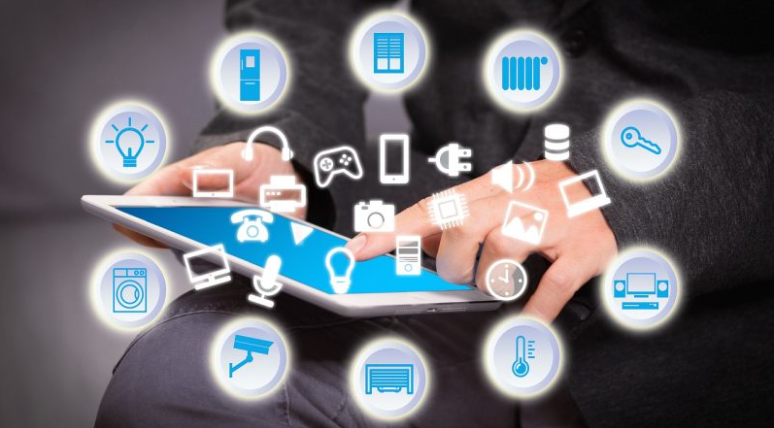Smart Home Technology: The Future of Connected Living


Smart home technology is indeed the future of connected living, offering numerous benefits in terms of convenience, energy efficiency, security, and overall quality of life. This technology leverages the Internet of Things (IoT) to connect various devices and appliances within a home, allowing them to communicate and be controlled remotely through a smartphone, tablet, or voice commands. Here are some key aspects of smart home technology and why it is considered the future of connected living:
- Convenience: Smart home devices make everyday tasks easier and more convenient. You can control your lights, thermostat, locks, and even appliances with a simple voice command or the touch of a button on your smartphone. This level of automation can save time and simplify your daily routines.
- Energy Efficiency: Smart thermostats, lighting, and appliances can optimize energy usage based on your preferences and patterns. They can automatically adjust settings to reduce energy consumption, leading to lower utility bills and a smaller carbon footprint.
- Security: Smart home security systems provide real-time monitoring and alerts for potential threats. You can remotely access surveillance cameras, lock or unlock doors, and receive notifications about suspicious activity, enhancing the safety of your home.
- Entertainment: Smart TVs, speakers, and streaming devices offer seamless integration with online content and services. You can control your entertainment system with voice commands and create customized home theater experiences.
- Health and Wellness: Smart home technology can also support your health and well-being. From fitness trackers and connected scales to air quality monitors and sleep tracking devices, these tools help you make informed decisions about your health.
- Customization: Smart homes are highly customizable. You can choose the devices and systems that best suit your lifestyle and needs, and they can be integrated to work together harmoniously.
- Remote Access: One of the key advantages is the ability to monitor and control your home remotely. Whether you’re at work, on vacation, or anywhere else, you can check in on your home and make adjustments as needed.
- Interconnectivity: Smart home devices can communicate with each other, creating a more cohesive and integrated experience. For example, your smart thermostat can work with your smart blinds to optimize temperature and lighting for energy efficiency.
- Voice Control: Voice-activated virtual assistants like Amazon’s Alexa, Google Assistant, and Apple’s Siri have become central to many smart home setups. They enable natural language interactions with your devices and provide a hands-free way to control your home.
- Scalability: You can start small and gradually expand your smart home ecosystem as your needs and budget allow. This scalability makes it accessible to a wide range of homeowners.
While smart home technology offers numerous advantages, it’s essential to consider privacy and security concerns, such as data breaches and hacking risks. Safeguarding your smart home with strong passwords, regular updates, and secure networks is crucial.
In conclusion, smart home technology represents a transformative shift in the way we live, providing a more convenient, efficient, and secure living environment. As technology continues to advance, we can expect even more innovative and interconnected solutions to further enhance the future of connected living.




